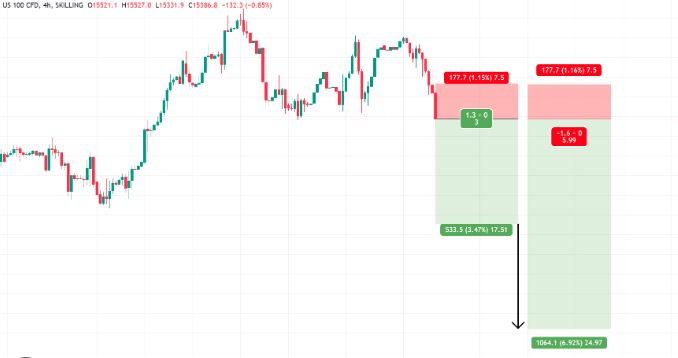Understanding the Risks and Rewards of Day Trading

Understanding the Risks and Rewards of Day Trading
Day trading is a popular trading strategy that involves buying and selling financial instruments, typically stocks, within a single trading day. This practice can offer the potential for significant profits, but it also carries a high level of risk. If you’re considering day trading, it’s essential to understand both the risks and rewards involved. Here’s a comprehensive look at each.
Understanding the Risks and Rewards of Day Trading
The Rewards of Day Trading
- Potential for High Returns:
– Day traders aim to capitalize on small price movements, and with leverage, the possible returns can be substantial. Successful trades can result in significant daily profits.
- Flexibility:
– Day trading allows traders to work from virtually anywhere with an internet connection. This flexibility can be appealing for those looking for a non-traditional work schedule.
- Skill Development:
– Engaging in day trading can sharpen analytical skills, enhance market knowledge, and improve decision-making abilities in real-time trading scenarios.
- Immediate Results:
– Unlike long-term investing, which may take weeks or months to show results, day trading provides instant feedback. Traders can see the outcomes of their trades within minutes or hours.
- Variety of Trading Instruments:
– Day traders can choose from a wide range of financial instruments, including stocks, options, ETFs, and cryptocurrencies, providing opportunities in various markets.
- Control Over Trades:
– Day traders often set strict entry and exit points for their trades, allowing for a greater degree of control over their positions compared to long-term investors.
The Risks of Day Trading
- High Volatility:
– The markets can be unpredictable, and prices can fluctuate widely in short periods. While volatility can lead to opportunities for profit, it also increases the risk of significant losses.
- Potential for Large Losses:
– Day traders often use leverage to amplify their trades. While this can increase profits, it can also lead to significant losses that surpass the initial investment.
- Emotional Stress:
– The fast-paced nature of day trading can be emotionally taxing. Traders must make quick decisions, and the pressure to perform can lead to stress and anxiety, which may impair judgment.
- Time Commitment:
– Successful day trading requires constant monitoring of the markets, often requiring traders to spend the majority of the day in front of their screens. This time commitment can be draining and affect work-life balance.
- Transaction Costs:
– With frequent buying and selling, transaction fees can accumulate quickly, eating into profits. It’s essential to consider commissions, spreads, and fees associated with trading.
- Market Manipulation and Fraud:
– Day traders are sometimes exposed to the risk of market manipulation schemes, such as “pump and dump” tactics, which can result in unexpected losses.
- Regulatory Risks:
– Day trading may attract greater scrutiny from regulators, and specific rules and regulations (like the Pattern Day Trader rule in the U.S.) can impact trading strategies and capital requirements.
Strategies for Managing Risks
– Education and Research: Understanding market dynamics, trading strategies, and technical analysis is crucial before starting day trading.
– Risk Management: Use stop-loss orders to limit potential losses on each trade and avoid risking more than a small percentage of your trading capital on any single trade.
– Develop a Trading Plan: Create and adhere to a well-defined trading strategy that outlines your goals, capital allocation, entry and exit points, and criteria for selecting trades.
– Practice with a Demo Account: Utilize a demo trading account to practice your strategies without risking real money. This approach can help you gain confidence and refine your trading skills.
– Start with a Small Capital Investment: Begin day trading with a small amount of capital to minimize risks while you learn the ropes.
Conclusion
Day trading offers both significant rewards and considerable risks. While the potential for high returns can be enticing, it’s crucial to approach day trading with a solid understanding of the market, effective risk management strategies, and a well-thought-out trading plan. By being aware of the emotional and financial challenges of day trading, you can position yourself for more informed, potentially successful trading endeavors. Always remember that while rewards can be substantial, the risks need to be taken seriously, and responsible trading practices are essential for long-term success.

